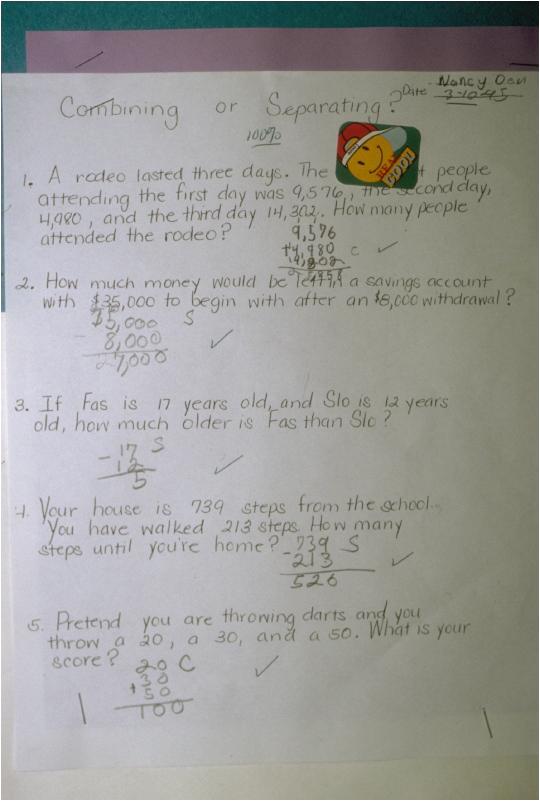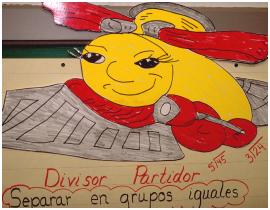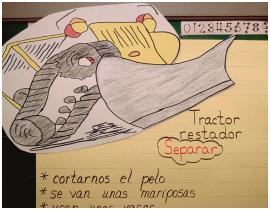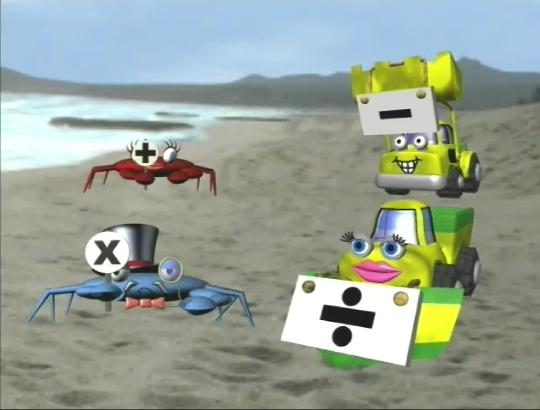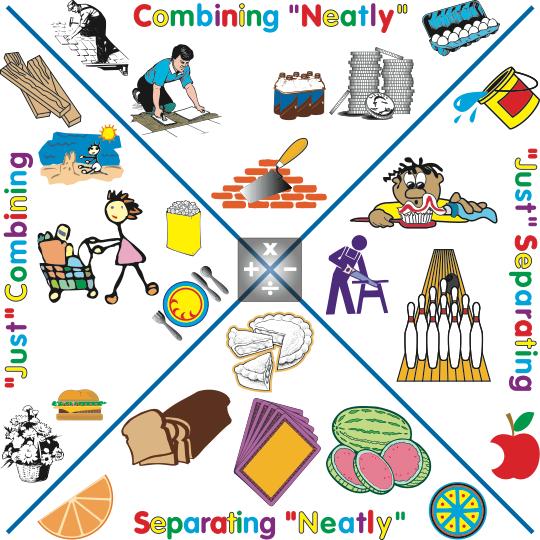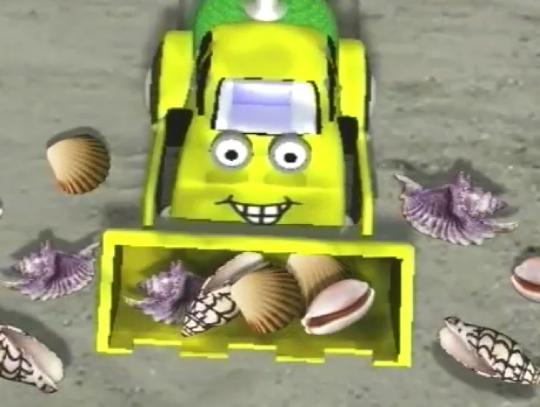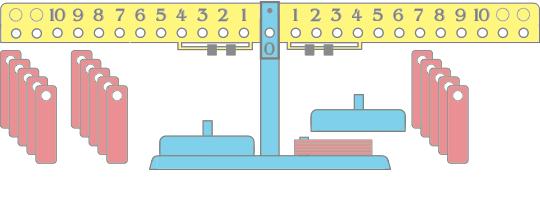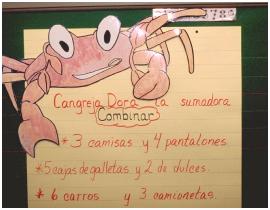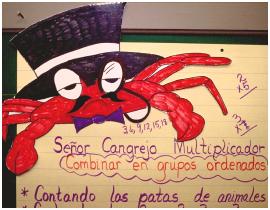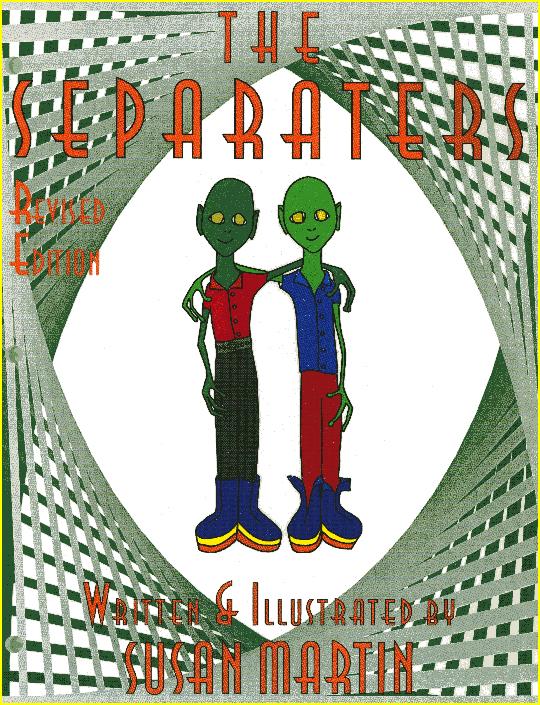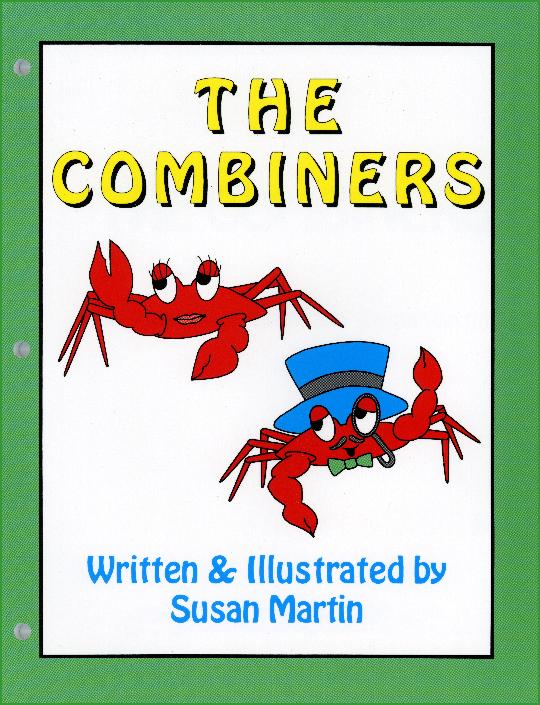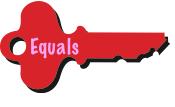 |
 |
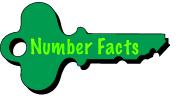 |
 |
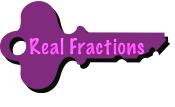 |
||||||||||
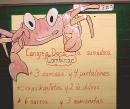 |
||||||||||||||||
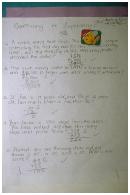 |
||||||||||||||||
Arithmetic is a tool. It is used to solve problems involving numbers at work, in business, and in daily living. To use it in an advanced technological society like America, one needs to know which buttons to push on a calculator. Knowing which number buttons to push is straightforward: just enter the amounts of whatever is being considered. The challenge is deciding which operation button to push—the plus, minus, times, or divide button. As explained for this key, deciding becomes easy in answering two questions relative to the actions embodied in the operations: “What’s happening?” and “How’s it happening?”
The operations perform the following actions on numbers:
• Addition combines any two or more numbers, like 4+4 or 4+5+8. Since no restriction is put on the numbers, addition may be thought of as “just” combining.
• Subtraction separates a number into any two numbers, like 9 into 4 and 5. Since no restriction is put on the numbers, subtraction may be thought of as “just” separating.
• Multiplication combines only equal numbers, like nine 7s to get 63. Since all the numbers being combined must be equal, multiplication may be thought of as combining “neatly” (by 2s, 3s, 4s, ...), like combining tiles in tiling a floor.
• Division separates a number into equal amounts, like 20 into four 5s. Since all the numbers that result must be equal, division may be thought of as separating “neatly” (into 2s, 3s, 4s, ...), like separating socks into pairs.
Although there are four operations, they entail only two actions: combining or separating. Addition and multiplication are both combining actions, and subtraction and division are both separating actions. The difference between addition and multiplication or subtraction and division is thus a matter of “style”—how the combining or separating is done: “just” or “neatly.” Interestingly, .
To visualize the operations and relate them to common everyday events, ALL KIDS CAN LEARN ARITHMETIC uses four characters—, , , and —who do with objects what the operations do with numbers:
• Motley Crab Adder depicts addition as “just” combining, like making a sandwich, wrapping a present, or putting dirty dishes into a dishwasher, where the numbers involved are not necessarily equal.
• Tractor Subtracter depicts subtraction as “just” separating, like getting a haircut, sweeping the floor, or removing dirty dishes from a table, where no restriction is put on the separating.
• Sir Crab Multiplier depicts multiplication as combining “neatly” by 2s, 3s, 4s, and so on like putting folded socks in a drawer, counting chairs in rows, or saving nickels in a piggy bank.
• Collider Divider depicts division as separating “neatly” into 2s, 3s, 4s, and so on like folding socks, sharing cookies, or exchanging pennies for nickels.
To use the characters to solve math problems involving arithmetic, like arithmetic word problems, ask two questions to determine which character (or characters) would do the “job” (or “jobs”) inherent in any arithmetic problem: (1) What’s happening, combining or separating? (2) How’s it happening, “just” or “neatly”? Because the answers to each question are opposites, they are usually self evident. The shows the effect of asking the two questions. If the answers are “combining” and “just,” push the plus button, if “combining” and “neatly,” the times button, if “separating” and “just,” the minus button, and if “separating” and “neatly,” the divide button.
Learning to think of the operations as actions central to common, everyday events and asking the “What’s happening? How’s it happening?” questions takes the guesswork out of which operation button to push on a calculator. One figures out which one to push and knows they know, not hopes they guessed correctly.
The Separaters
Examines subtraction and division for similarities and differences in a story/coloring book format. Uses two characters to depict the operations: Scrap who “just” separates where the resulting quantities don’t have to be the same and Nic who separates “neatly” where they do.
Integrates reading and math. Designed to be interactive: read by the teacher as students mime the actions of Scrap and Nic and solve problems with counters.
Includes a special section on using the Seven Intelligences based on research by Howard Gardner. Also includes an across-the-curriculum section on learning all about meteorites and meteors, contemplating life on other planets, and planning balanced meals.
Instructions, answers, and permission to duplicate.
Grades 1-6 depending on the follow-up questions are asked, 83 pages.
The Combiners
Examines addition and multiplication for similarities and differences in a story/coloring book format. Uses two characters to depict the operations: Motley Crab Adder who “just” combines where the quantities being combined don’t have to be the same and Sir Crab Multiplier who combines “neatly” where they do.
Integrates reading and math. Designed to be interactive: read by the teacher as students mime the actions of Motley and Sir Crab and solve problems with counters.
Includes a special section on using the Seven Intelligences based on research by Howard Gardner. Also includes an across-the-curriculum section on learning all about crustaceans and mapping where one lives relative to the nearest beach.
Instructions, answers, and permission to duplicate.
Grades 1-6 depending on the follow-up questions are asked, 79 pages.
